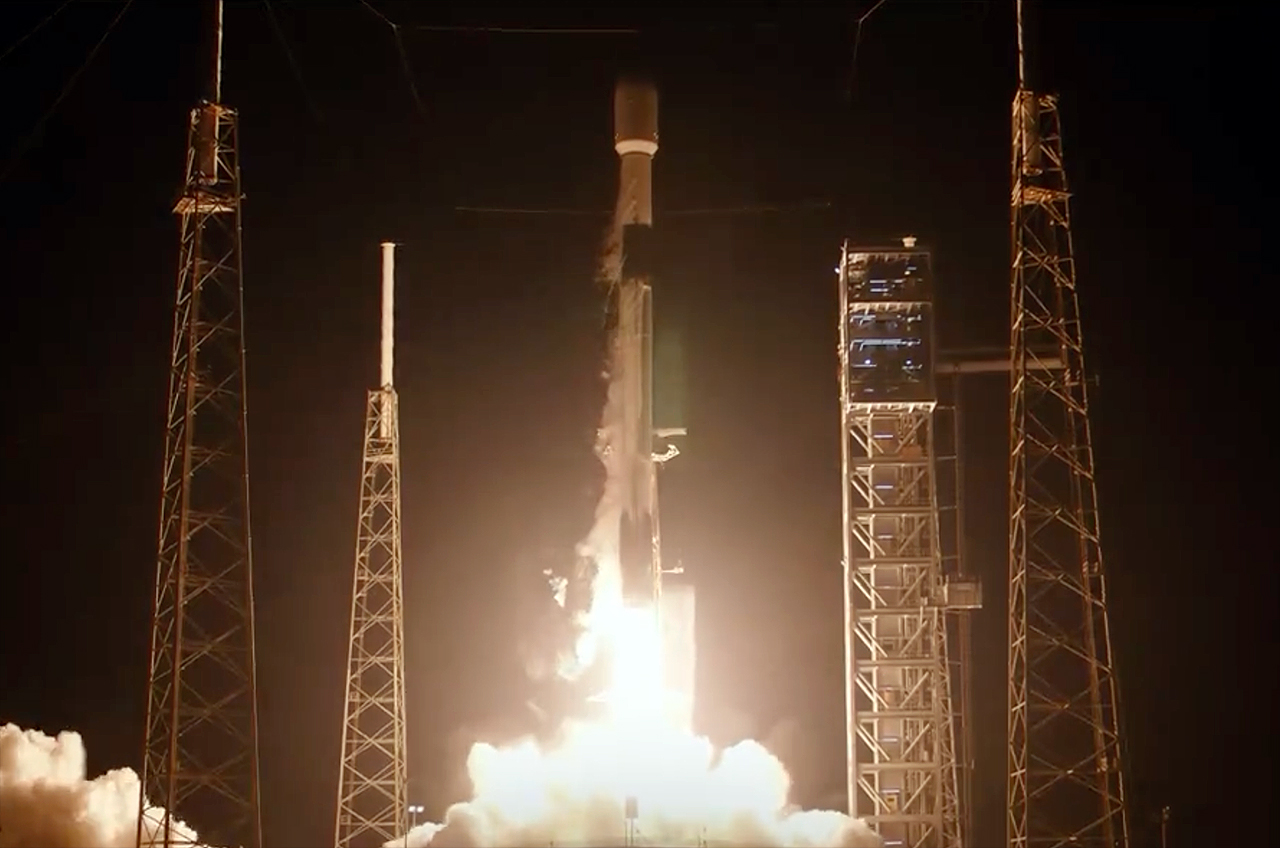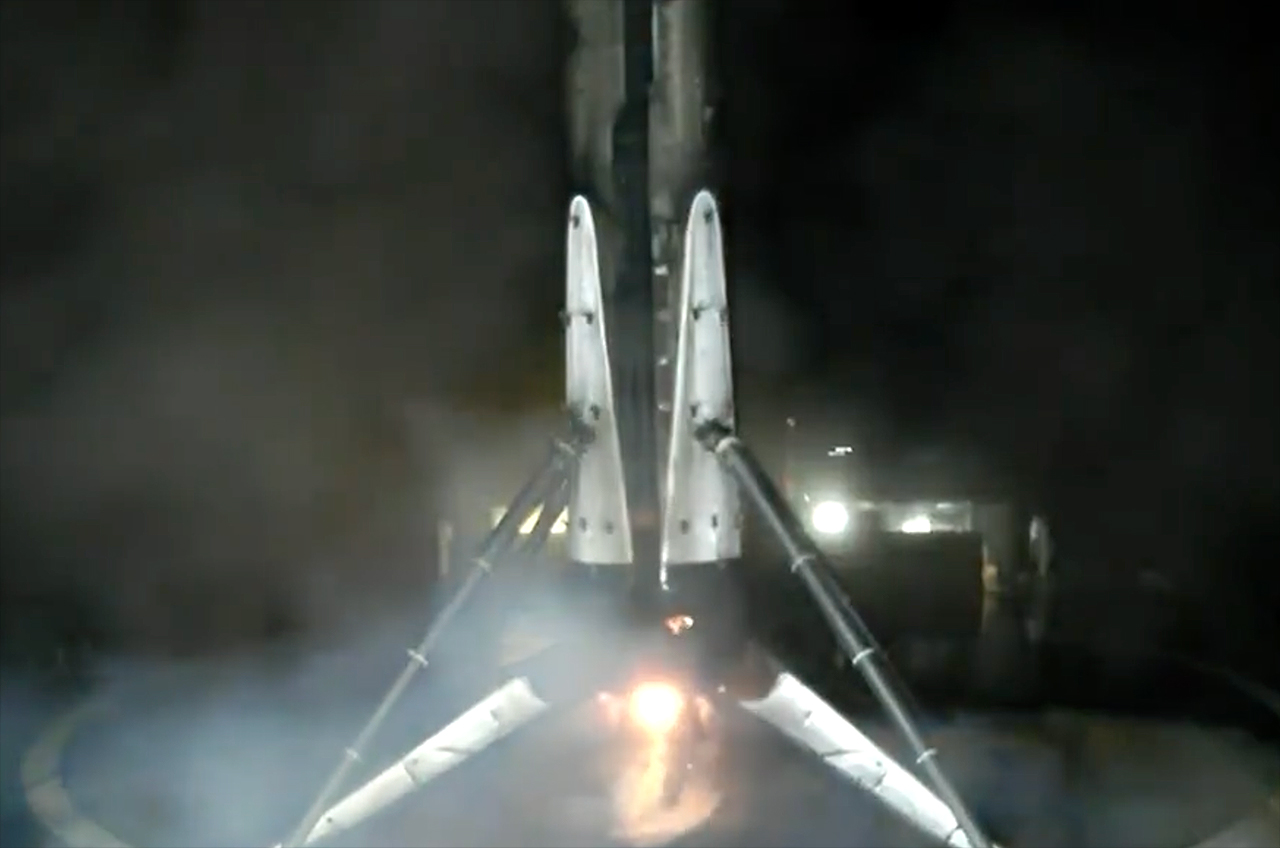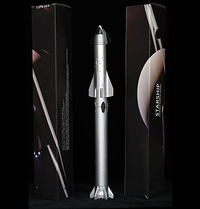SpaceX added yet more satellites to its ever-growing Starlink internet megaconstellation on Monday night (Nov. 27).
A SpaceX Falcon 9 rocket carrying 23 Starlink spacecraft lifted off from Florida's Cape Canaveral Space Force Station on Monday at 11:20 p.m. EST (0420 GMT on Nov. 28).
Related: Starlink satellite train: How to see and track it in the night sky

The Falcon 9's first stage came back to Earth for a vertical landing about 8.5 minutes after launch. It touched down on the droneship "Just Read the Instructions," which was stationed in the Atlantic Ocean off the Florida coast.
It was the 17th launch and landing for this particular booster, according to a SpaceX mission description.
The 23 Starlink satellites, meanwhile, were scheduled to deploy from the Falcon 9's upper stage into low Earth orbit (LEO) about 65.5 minutes after liftoff.
Starship Die Cast Rocket Model Now $69.99 on Amazon.
If you can't see SpaceX's Starship in person, you can score a model of your own. Standing at 13.77 inches (35 cm), this is a 1:375 ratio of SpaceX's Starship as a desktop model. The materials here are alloy steel and it weighs just 225g.
Note: Stock is low so you'll have to act quickly to get this.

The Starlink network, which beams internet service down to people around the world, already features more than 5,000 operational spacecraft, according to astrophysicist and satellite tracker Jonathan McDowell.
Get the Space.com Newsletter
Breaking space news, the latest updates on rocket launches, skywatching events and more!
But that number keeps growing, and likely will far into the future. SpaceX already has permission to deploy 12,000 Starlink craft into LEO, and it has applied for approval for another 30,000 on top of that.
Join our Space Forums to keep talking space on the latest missions, night sky and more! And if you have a news tip, correction or comment, let us know at: community@space.com.

Michael Wall is a Senior Space Writer with Space.com and joined the team in 2010. He primarily covers exoplanets, spaceflight and military space, but has been known to dabble in the space art beat. His book about the search for alien life, "Out There," was published on Nov. 13, 2018. Before becoming a science writer, Michael worked as a herpetologist and wildlife biologist. He has a Ph.D. in evolutionary biology from the University of Sydney, Australia, a bachelor's degree from the University of Arizona, and a graduate certificate in science writing from the University of California, Santa Cruz. To find out what his latest project is, you can follow Michael on Twitter.










